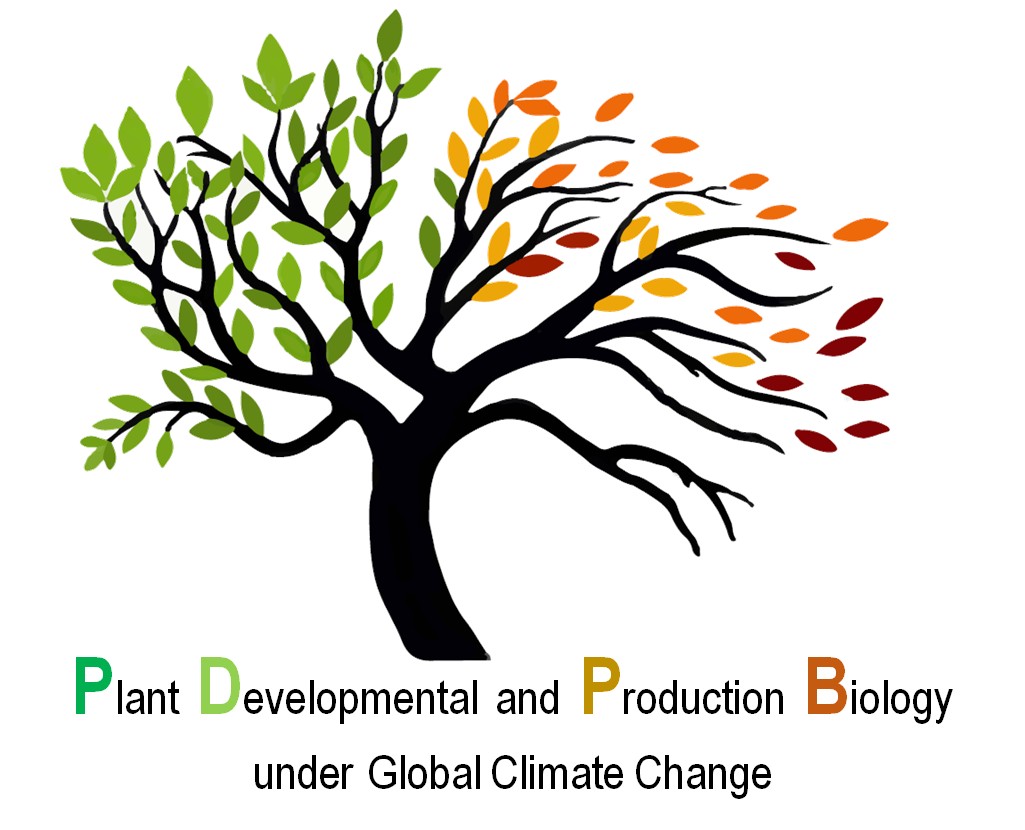| |
|
Keynote Lecture 3: The role of gibberellin signaling in plant responses to abiotic stress
|
| |
|
Peter Hedden [a, b], Klára Ptošková [a], Marek Szecówka [a], Stephen Thomas [b], Andrew Phillips [b], Richard Whalley [b], Xin Wang [b], Ondřej Novák [a] and DanušeTarkowská [a]
|
| |
|
|
| |
|
[a] Laboratory of Growth Regulators, Czech Academy of Sciences, Institute of Experimental Botany & Palacký University, Šlechtitelů 27, 783 71 Olomouc, Czech Republic
[b] Rothamsted Research, Harpenden, Hertfordshire AL5 2JQ, United Kingdom
|
| |
|
|
| |
|
Through the action of hormones, plants are able to respond rapidly to changes in their environment, the response often including modification of growth, either in an attempt to outgrow an imposed stress, such as flooding or shading, or by reducing growth to reallocate resources in order to better withstand the stress, such as under drought, high salinity or cold. While stress responses are typically mediated by hormones such as abscisic acid, jasmonates and ethylene, the gibberellins (GAs) play a major role in stress-imposed changes in growth. The GA content of leaves has been shown to be reduced by exposure to stresses such as cold, high salinity and mechanical stimulation through a combination of reduced biosynthesis and increased inactivation. The latter process is catalysed by GA 2-oxidases, which comprise two families of 2-oxoglutarate-dependent dioxygenases, members of which are up-regulated by stress, with different paralogues responding to different stresses. The presentation will focus particularly on the effects of water restriction, including work with Arabidopsis and wheat, in which GA contributes to a redistribution of growth from shoots to roots under drought. Plants that are deficient in GA content through mutation or chemical treatment have greater tolerance of drought. In the field, drying soils impose a combination of stresses: nutrient deficiency and mechanical restriction to root growth in addition to water deficiency, all of which contribute to suppressed shoot growth. The potential involvement of GA signalling in responses to these factors will be considered.
|
| |
|
|
| |
|
|
|














